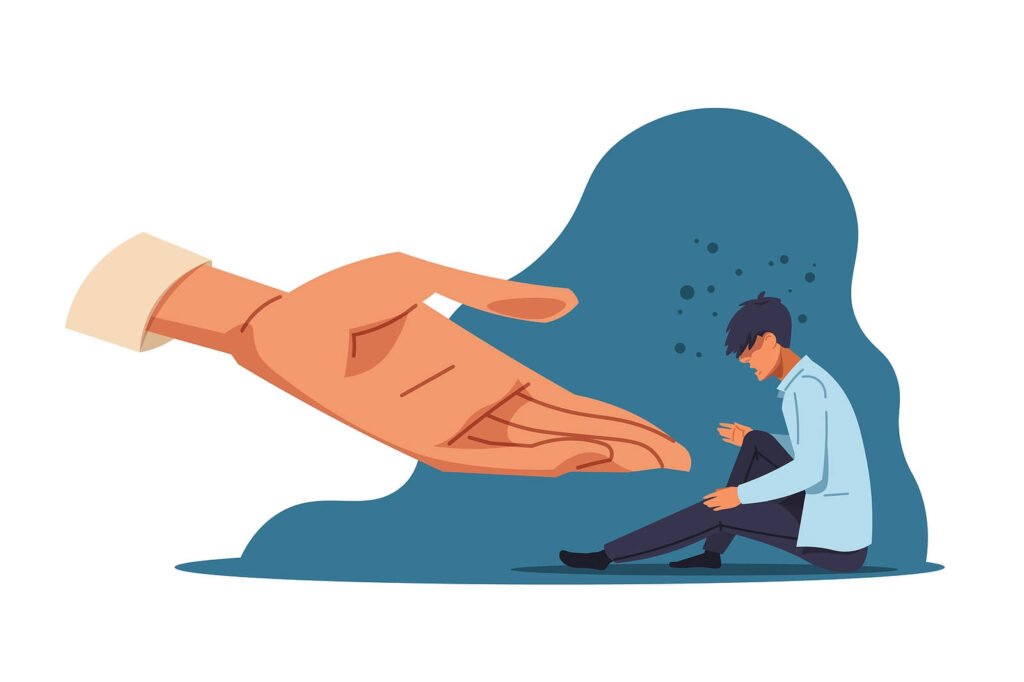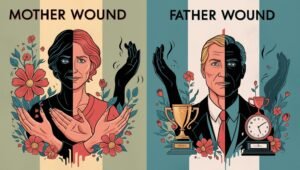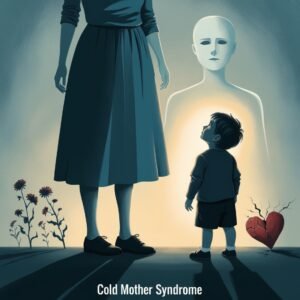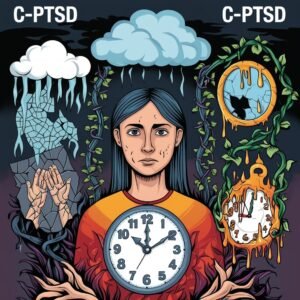Trauma can leave deep scars, often leading to feelings of isolation and despair. However, there is a powerful remedy that can aid in the healing process: community. By coming together, sharing our stories, and supporting one another, we can find strength and hope. In her insightful book, Trauma: Surviving and Thriving, Iram Gilani delves into the power of community in overcoming trauma, offering guidance and inspiration for those on the path to recovery.
Understanding Trauma and Its Impact
Trauma can result from various sources, such as personal loss, violence, or significant life changes. Its effects can be long-lasting, affecting mental, emotional, and physical health. Individuals experiencing trauma often feel isolated and misunderstood. Healing from trauma is a complex process that requires not just personal effort but also the support and understanding of others.

The Role of Community in Healing
Community plays a crucial role in the recovery process. By connecting with others who have faced similar challenges, we can find a sense of belonging and understanding. Community support provides a safe space to share experiences, gain insights, and receive encouragement. This collective strength can significantly enhance the healing journey, helping individuals feel less alone and more empowered.
Iram Gilani’s Trauma: A Beacon of Hope and Guidance
In her book, Trauma: Surviving and Thriving, Iram Gilani shares her personal journey of overcoming trauma and highlights the importance of community in the healing process. Through her narrative, Gilani provides practical advice and emotional support, demonstrating how collective strength and empathy can lead to profound healing. Her book serves as both a guide and a source of inspiration for anyone dealing with trauma.
Steps to Foster Community and Heal After Trauma
- Join Support Groups: Support groups offer a safe environment to share your experiences and connect with others who understand your struggles. These groups can be found both locally and online.
- Engage in Community Activities: Participating in community events or activities can help you meet new people and build supportive relationships. Feeling connected to a community can significantly reduce feelings of isolation.
- Seek Professional Help: Therapists and counselors can provide essential support and connect you with resources and groups that can aid your recovery.
- Share Your Story: Expressing your experiences through writing, speaking, or other forms of storytelling can be incredibly empowering. It can also help others feel less alone in their journey.
- Support Trauma-Informed Initiatives: Get involved in or support initiatives that raise awareness about trauma and promote a supportive and empathetic community environment.
The Power of Storytelling in Healing
Storytelling is a powerful tool in the healing process. By sharing our stories, we validate our experiences and create a space for others to share theirs. Iram Gilani’s Trauma exemplifies how personal narratives can inspire and support others on their path to recovery. Her book is a testament to the power of shared experiences in fostering resilience and healing.
Moving Forward Together
Healing from trauma is a challenging journey, but it is one that can be made easier through the support of a community. By fostering connections and building a network of understanding and empathy, we can empower ourselves and others to overcome the effects of trauma. Iram Gilani’s Trauma: Surviving and Thriving is an essential resource for anyone seeking to heal through the power of community.
Iram Gilani
Author | Speaker | Mentor
Book: Invisible Tears
www.IramGilani.com
Contact@IramGilani.com











